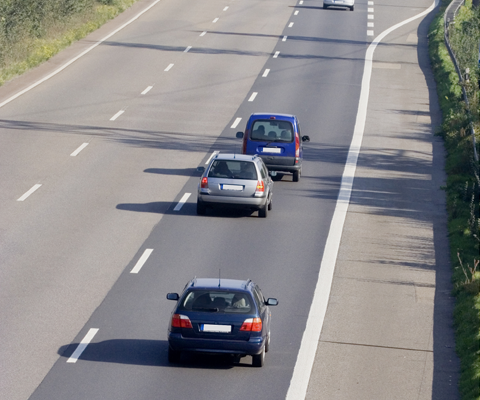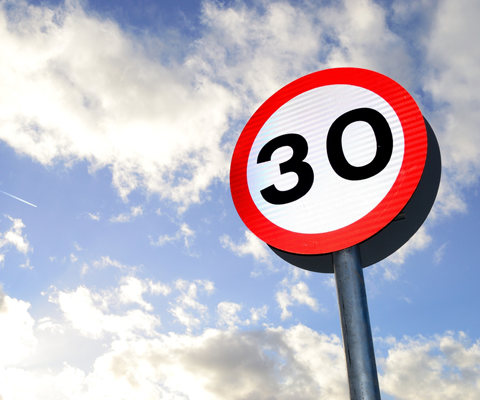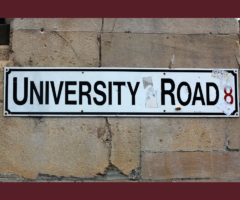
Understanding on-street parking restrictions
On street parking restrictions and ‘controlled parking zones’ including white parking bays, meters and pay and display are set and regulated by local authorities.
That means they vary wildly from area to area and even street to street, as does the amount you will be fined if you get a ticket.
Single and double yellow lines
Contrary to popular belief, there are no standardised times for parking on a single yellow or red line so you'll need to check local signage.
Double lines are a bit more straightforward - you can’t park on a double at any time!
It’s all about your wheels
If you’re parking in a bay or near a restricted area, you need to make sure your wheels are entirely within the allowed area or you could still get a fine.
You can also get a ticket if you park more than 50cm from the kerb so take a moment to make sure you’re well positioned.
Make sure you display your ticket clearly
It’s no good having a valid ticket or permit if the warden can’t see it - so make sure it's clearly displayed or you risk getting a fine.
Throw away old tickets once they’re no longer in use and keep your dash clear of rubbish and debris so it’s obvious that you have paid to park.
And never...
Never park in parking spaces reserved for specific users, such as Blue Badge holders, residents or motorcycles, unless you're entitled to do so. Even if there seem to be lots of free spaces, you’ll still get a fine if you’re parked in the wrong place.
Some rules apply across the board
You MUST NOT stop or park on:
- The carriageway or the hard shoulder of a motorway except in an emergency
- A pedestrian crossing, including the area marked by the zig-zag lines
- A clearway (stretches of road where parking isn't permitted)
- Taxi bays as indicated by upright signs and markings
- An Urban Clearway within its hours of operation, except to pick up or set down passengers
- A road marked with double white lines, even when a broken white line is on your side of the road, except to pick up or set down passengers, or to load or unload goods
- A tram or cycle lane during its period of operation
- Red lines, in the case of specially designated ‘red routes’, unless otherwise indicated by signs. Any vehicle may enter a bus lane to stop, load or unload where this is not prohibited
If you’re parking in an area that doesn’t have any restrictions such as a rural or suburban area, there are still some rules that apply:
- Avoid parking near the top of a hill otherwise you may not be seen by approaching vehicles.
- For the same reasons, never park on a bend.
- Ensure you're not on a red route clearway. If you can't see a red route clearway sign, or simply weren't looking for one, this generally means you cannot park on busy roads, so stick with residential streets or roads where many other cars are parked.
- Don't park within ten metres of a junction.
- Don't park where the kerb has been lowered to allow vehicles to access a driveway.
It’s not just police and traffic wardens that can issue a parking fine
These days you can be caught on CCTV too, especially in major city centres, so don’t take the risk.
If you do park illegally there are 3 types of ticket you could receive:
- The most common, the PCN issued by local councils and Transport for London
- Fixed Penalty Notices (FPNs): issued by the police
- Excess or Standard Charge Notices: issued by some local councils
The amount you have to pay will vary, but the good news is that generally you will pay 50% less if you pay within 14 days, and with the exception of some FPNs (usually issued for dangerous parking) you won’t get any points on your licence.












